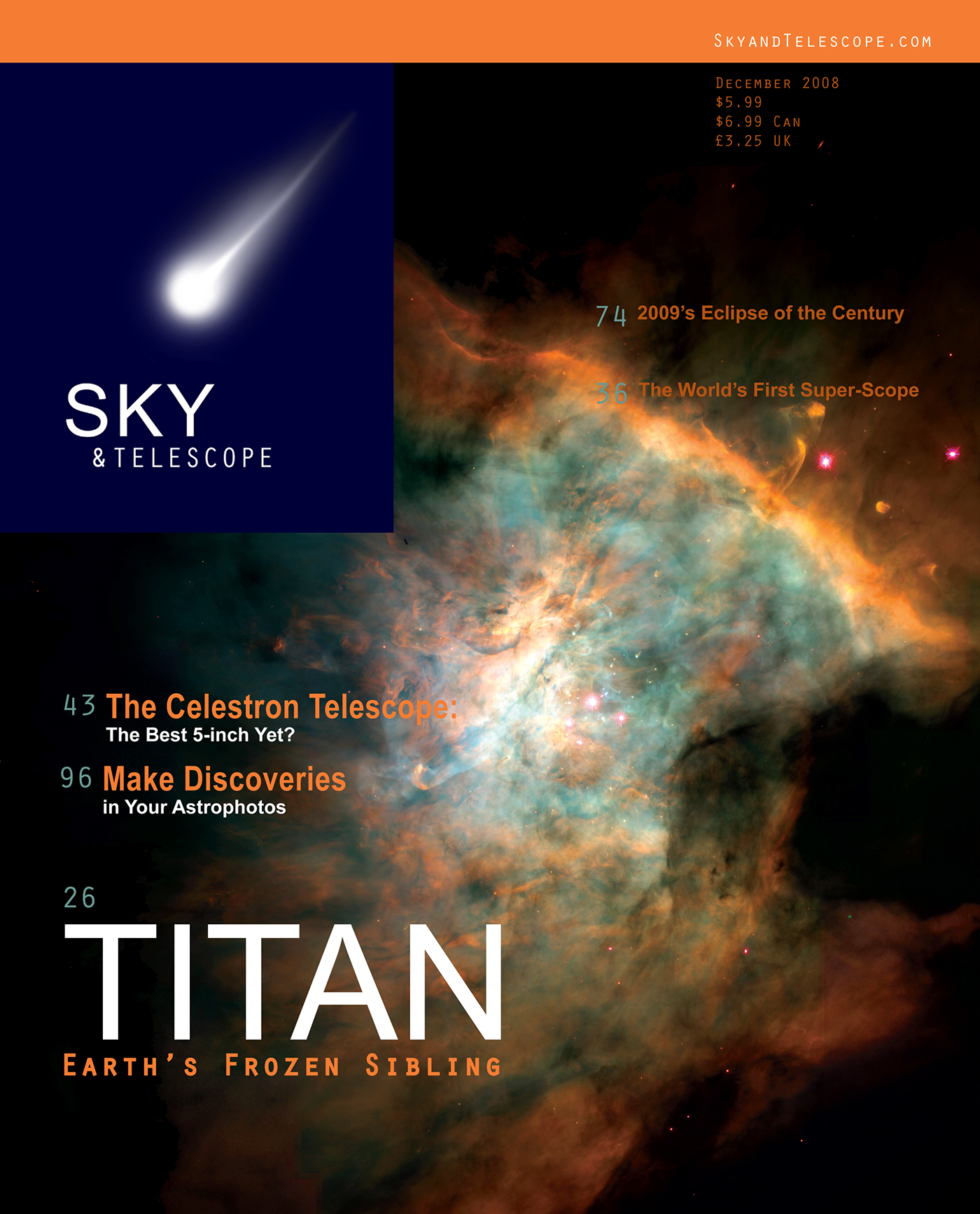
I’ve written about all that in The Night Speaks. I grew up with telescopes, gazing at the starry sky. Eaglesmith, with irony and sadness in his eyes.Īmateur astronomy is what led me into astrology in the first place. He told a story about a previous astrology conference in which he had invited the participants simply to go outside and look at the night sky with him. I shared the stage at an astrology conference once with a wonderful Muskogee named J.C. I wonder if any astrologer reading this newsletter will actually get out of his or her nice warm bed and have a look at this glorious sight? I know I will! But I have always been obsessed with the heavens – and also absolutely baffled by how few astrologers ever pay any direct sensory attention to the endless sky-show of the physical universe. But first, here comes one of my favorite rants. We will read that divine will – in a minute. The astrologer’s task is to read “the will of the gods and goddesses” in the heavens, not to give a planetarium talk. The obvious question: so what does this conjunction mean? So far, all this is just about astronomy. Again, hold your arm straight out, this time with four fingers together and pointing up. Close!īy comparison, when Venus and Jupiter formed their conjunction in August 2015, they aligned at the end of Leo – but by declination, they were over six degrees apart. The span of sky it covers is about one degree wide. To keep perspective, just hold your pinkie finger up at arm’s length. Working out the geometry, Venus and Jupiter will be only 18 arc-minutes apart in the sky. In fact, the three wise men may have followed this same alignment all the way to Bethlehem. and, as we just saw, not really such a big deal.īut add that very close parallel of declination, and you have a visual feast to remember because the two planets will appear in the sky together. Astrologically, that means that they are aligned along the ecliptic – a perfect, or “partile,” astrological conjunction. Using the “regular” measurements we’re used to using, on November 13th, Venus and Jupiter form a conjunction in exactly 7° Scorpio 20'. Declination, in other words, is basically just like latitude on earth. Planets occasionally cross it, but mostly they are above or below the line, just like London is in the northern hemisphere, while Sydney is in the southern hemisphere. That means they are simultaneously conjunct and parallel. At the moment of the exact conjunction, this time there is only an 11' separation between the planets in terms of declination. You get the picture: these Jupiter-Venus conjunctions are not rare things – hardly a reason to get out of bed in the wee hours.


There was one before that on Octoand another one a few weeks earlier on August 4, 2015. The last one occurred on August 27, 2016. Given the fast orbit of Venus around the Sun, its conjunctions with Jupiter are not so unusual. It is actually one of the many possibilities cited for what the famous “Star of Bethlehem” might have been.

That night, the two brightest planets in the sky – Jupiter and Venus – will very nearly merge into one single blinding light. Then it might be better just to stay up all night and catch the late show that way?Įither way, there’s a rare visual treat in store. DON’T MISS THE BIG VENUS-JUPITER CONJUNCTION!Īre any of you out there in the mood to get out of bed before sunrise on November 13th? Or maybe you’re a night owl.


 0 kommentar(er)
0 kommentar(er)
